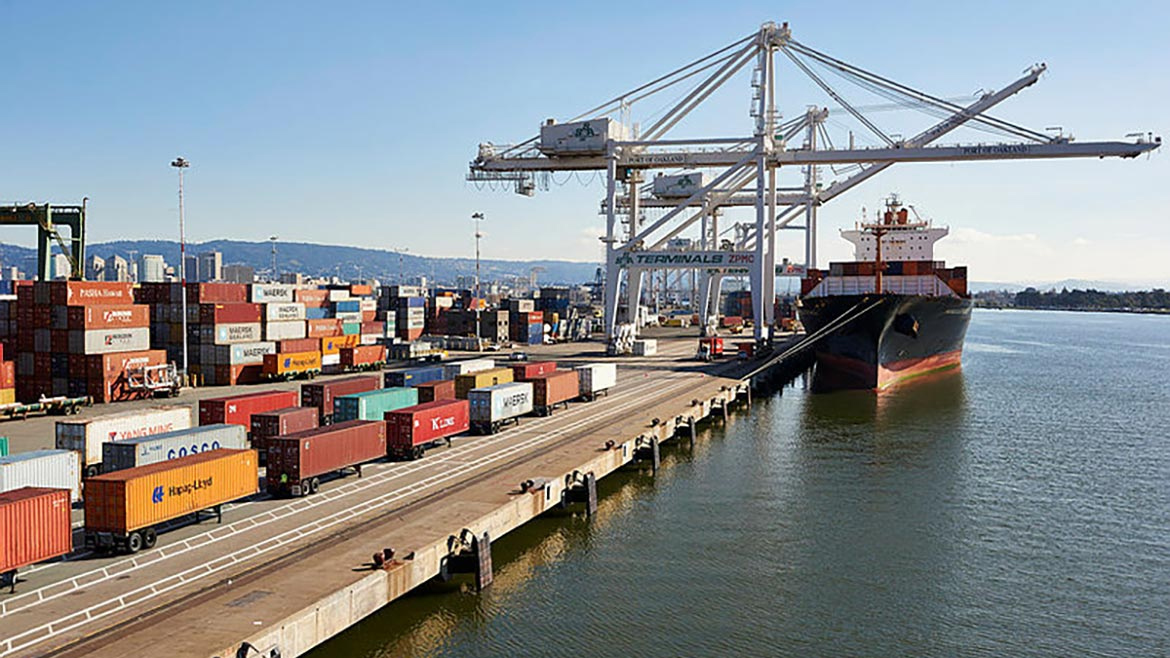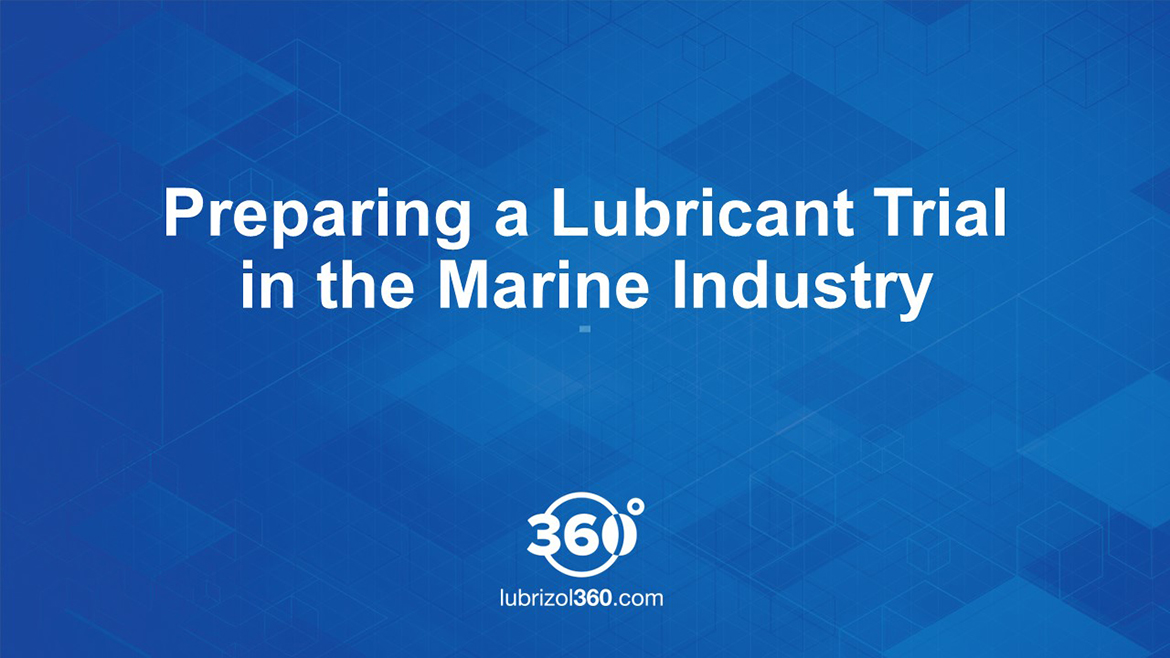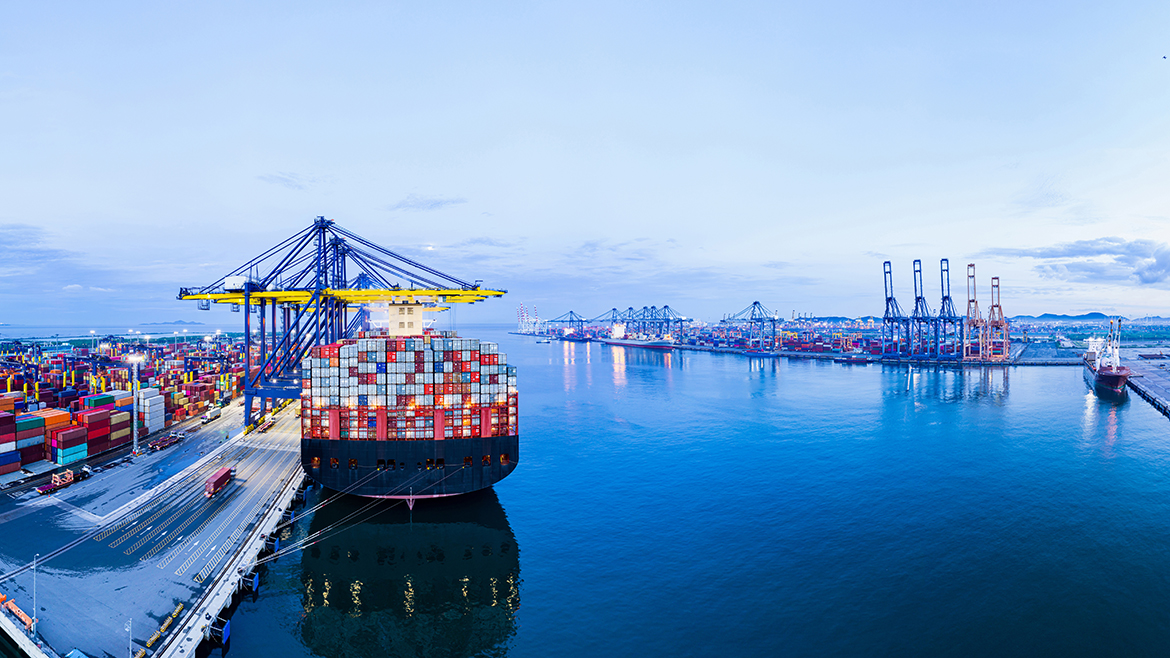Jan 25, 2023
Posted by Matthew Bentley, Product Manager, Marine Engine Oil
The marine industry is faced with the pressing need to reduce its carbon footprint. The International Maritime Organization (IMO) has set a target to reduce the carbon intensity – meaning carbon dioxide (CO2) emissions per transport work – of international shipping by at least 40 percent by 2030, pursuing efforts towards achieving a reduction of at least 50 percent by 2050, compared to 2008 levels.
As a result, considerable efforts are being made by engine manufacturers to offer viable alternatives to shipowners and operators for reducing harmful exhaust emissions through the use of low or zero-carbon fuels. Biofuel blends are one such fuel option that is being touted as a main fuel option or as a pilot fuel for dual fuel engines.
Biofuels are diesel fuel substitutes that can be made from either vegetable oils or animal fats. The predominant types of biofuels available are Fatty Acid Methyl Esters (FAME) made from waste cooking oils and plant-based feedstocks including rapeseed, soybean and palm oil.
Biofuels can be used on their own (referred to as B100) but are more commonly blended with conventional (fossil-derived) residual or distillate grade marine fuel in varying proportions. They are described as BX, where X is the percent of biofuel content. Interest in higher percentages of biofuel content has led to B10 – B50 blends and, in a small number of cases, B100 fuels recently being trialed in marine applications. The current marine fuel specification, ISO 8217:2017, only allows for up to 7 percent FAME content in certain distillate grades, and there are no residual grades that include FAME at this time.
In four-stroke automotive engines, B7 fuel has been used for many years and the challenges around oxidation and cleanliness are well understood. High performance engine lubricants play a key role in overcoming those challenges and industry testing has proven that not all lubricants are equal. As yet, there is no definitive understanding as to whether or not higher percentage blends, somewhere between 10 percent and 50 percent, will create similar challenges in marine applications.
The fact is that, to date, many biofuel blends have been tested only in short duration marine trials, so any problems that have so far arisen may not be the end of the story. With long-term usage, other challenges that we are not aware of may well become highlighted.
As with the four-stroke automotive examples, the lubricant could play an important role in mitigating new challenges, further enabling the wider use of biofuels in two-stroke engines. At this stage, one likely solution to ensuring cylinder cleanliness isn’t compromised is to use high performance engine lubricants.
The IMO’s 0.50 percent sulphur cap, which took effect in January 2020, led to the introduction of Very Low Sulphur Fuel Oil (VLSFO). The majority of these fuels are made by blending and the variability this introduced has driven demand for higher performing lubricants. The same issues could arise if demand increases for biofuel blends with a high renewable content. Mixes of biofuel sources could increase complexity and increase likelihood of deposit formation, meaning the use of higher performing lubricants is the safest approach. When biofuels are blended with VLSFO, 40BN cylinder lubricants are the most likely to be used. However, the cleanliness performance between such lubricants can vary significantly, and a proven high-performance product is clearly preferable.
Lubricants approved for MAN Category II performance could become a key factor in reducing risks associated with biofuel cleanliness in two-stroke engines. The 40BN cylinder lubricants with MAN Category II performance have a cleanliness baseline of a 100BN lubricant, and thus may be the logical choice for use with biofuels.
We are entering a new era in marine fuels, with decarbonization being front and center of this transformation. Biofuels will certainly have a role to play in this, however, uncertainty remains around challenges such as deposits and oxidation. This leads us to believe that 40BN MAN Cat. II lubricants will be the best starting point for evaluation with these fuels, given their balance of corrosion control for low Sulphur fuels and excellent cleanliness performance.
To Summarize
Biofuels will play a key role as a marine fuel during shipping’s journey to decarbonization. As a drop-in option, biofuels combine environmental properties that can help to reduce CO2 emissions with limited hardware investment needed for operators. To minimize the negative effects and maintain acceptable engine performance, lubricants that balance corrosion control with high levels of cylinder cleanliness will likely be key. As more long duration trials are conducted, the industry will learn more about the challenges created by using biofuels and work to ensure suitable lubricant solutions are available.
(Original article published in Bunkerspot.)









